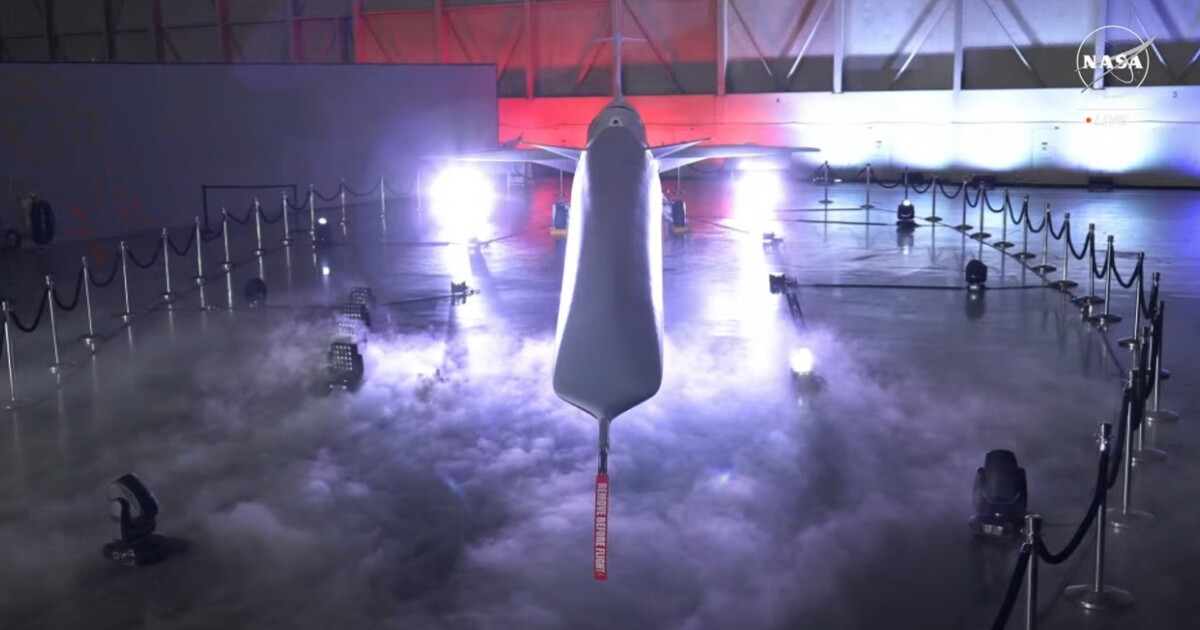- Jul 27, 2015
- 5,458
Under development since 2016, the X-59 Quiet SuperSonic Technology (Quesst) is designed to develop the technology to reintroduce commercial civilian supersonic aircraft. None have flown since the retirement of the Concorde in 2003.
The major problem with supersonic transports is the infamous sonic shock wave generated by aircraft flying in excess of Mach 1. With its extremely long needle nose and specially designed fuselage, the X-59 will be able to disperse the shock wave, turning it into a thump no louder than a car door slamming. Measuring 94 ft (29 m) long, and with a 29.5-ft (9-m) wingspan, the X-59 is powered by a General Electric F414 engine with an afterburner generating 22,000 lb (9,979 kg) of thrust. This will push the aircraft to a speed of Mach 1.5 at an altitude of 55,000 ft (16,800 m). Because of the extreme streamlining, the pilot will be using an enhanced vision system that provides an outside view via a 4K camera.
The maiden flight date has not yet been announced. Once the X-59 does take to the air, it will be utilized not only to advance supersonic flight technology, but also to build a database that will be used to update FAA regulations written in the 1970s (which were deliberately hostile to civilian supersonic services). "This is a major accomplishment made possible only through the hard work and ingenuity from NASA and the entire X-59 team," said Melroy. "In just a few short years we’ve gone from an ambitious concept to reality. NASA’s X-59 will help change the way we travel, bringing us closer together in much less time."

X-59 supersonic X-plane gets rolled out by NASA and Lockheed Martin
With the usual ballyhoo, NASA and Lockheed Martin have rolled out the X-59 supersonic aircraft today. In a ceremony at the famous Skunk Works in Palmdale, California, the experimental plane was introduced to the public before a party of dignitaries.
